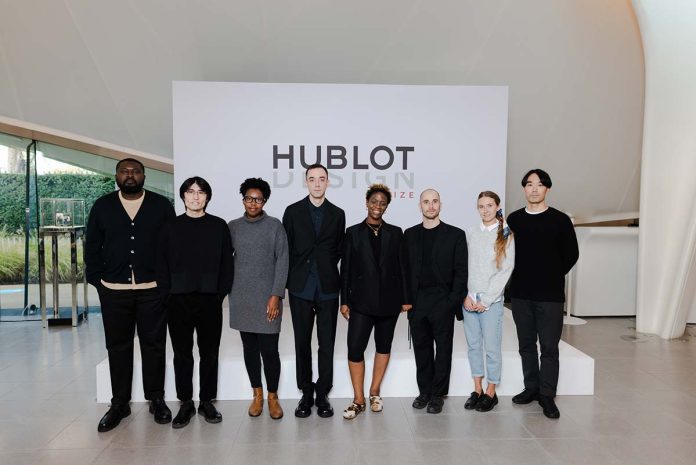“Be First, Unique and Different” is the motto of Hublot, a Swiss producer of luxury watches founded in 1980, which has chosen the ‘art of fusion,’ the ability to mix tradition and innovation, as its guideline. The iconic Big Bang model – composed of carbon, titanium, ceramic and sapphire, combined with exceptional movements – represents one of the most striking confirmations of this approach.
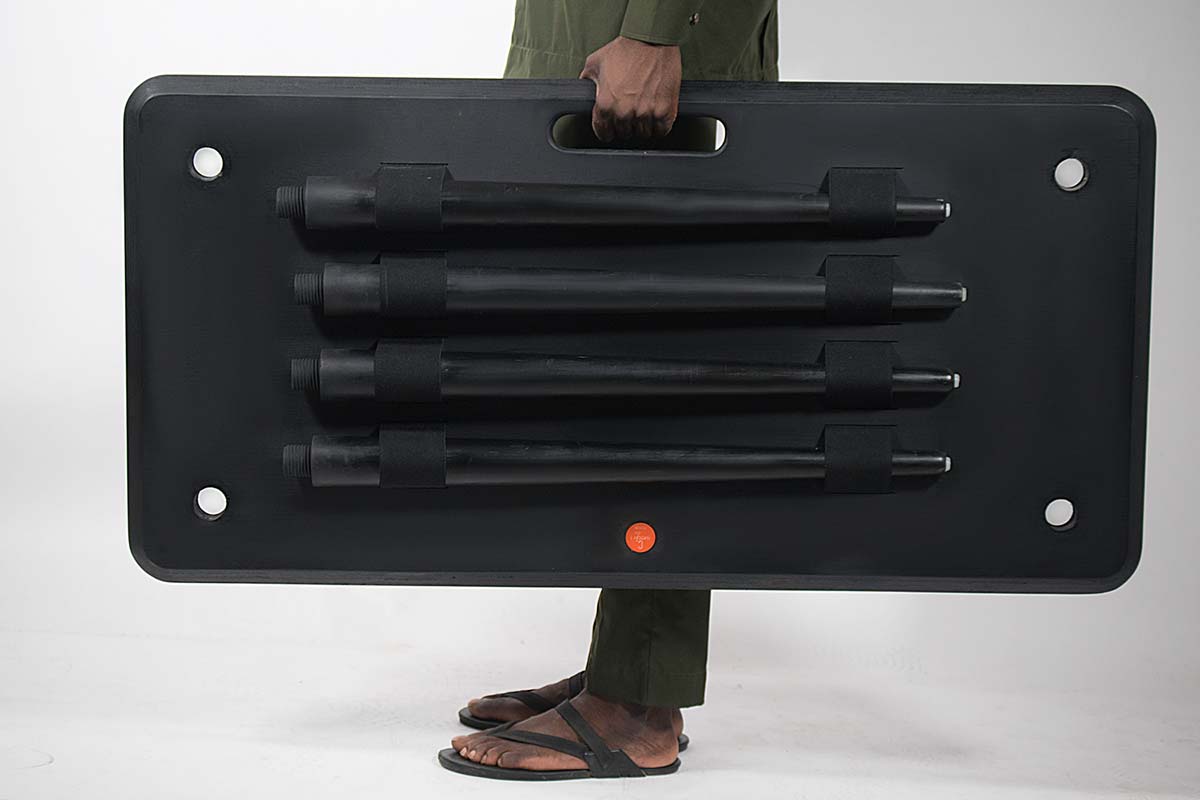
For the model’s 10th anniversary in 2015, the CEO of the maison Ricardo Guadalupe and Pierre Keller, an outstanding figure of the École Cantonale d’Art de Lausanne (ECAL), who has passed away since then, invented the idea of a prize to help young talents to take steps forward in their career as designers.
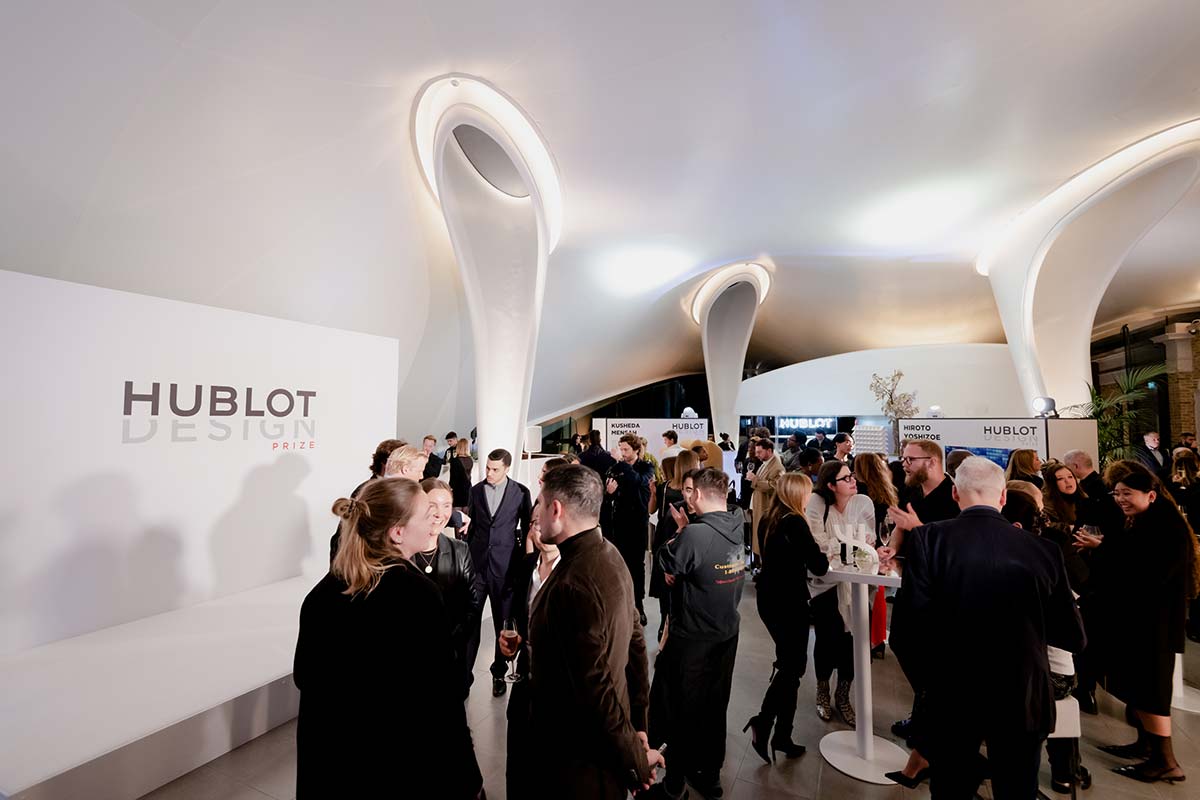
Guadalupe explains: “Hublot has always combined the worlds of watchmaking and design. We employ the best watchmakers, but at the same time we delve deeply into the world of design to make sure that the brand keeps innovating and pushing the boundaries of what is possible. The Hublot Design Prize is a chance to showcase the very best young designers and give their work the visibility it deserves. They are an inspiration for everything we do at Hublot, and we wish them all every success in the future.”
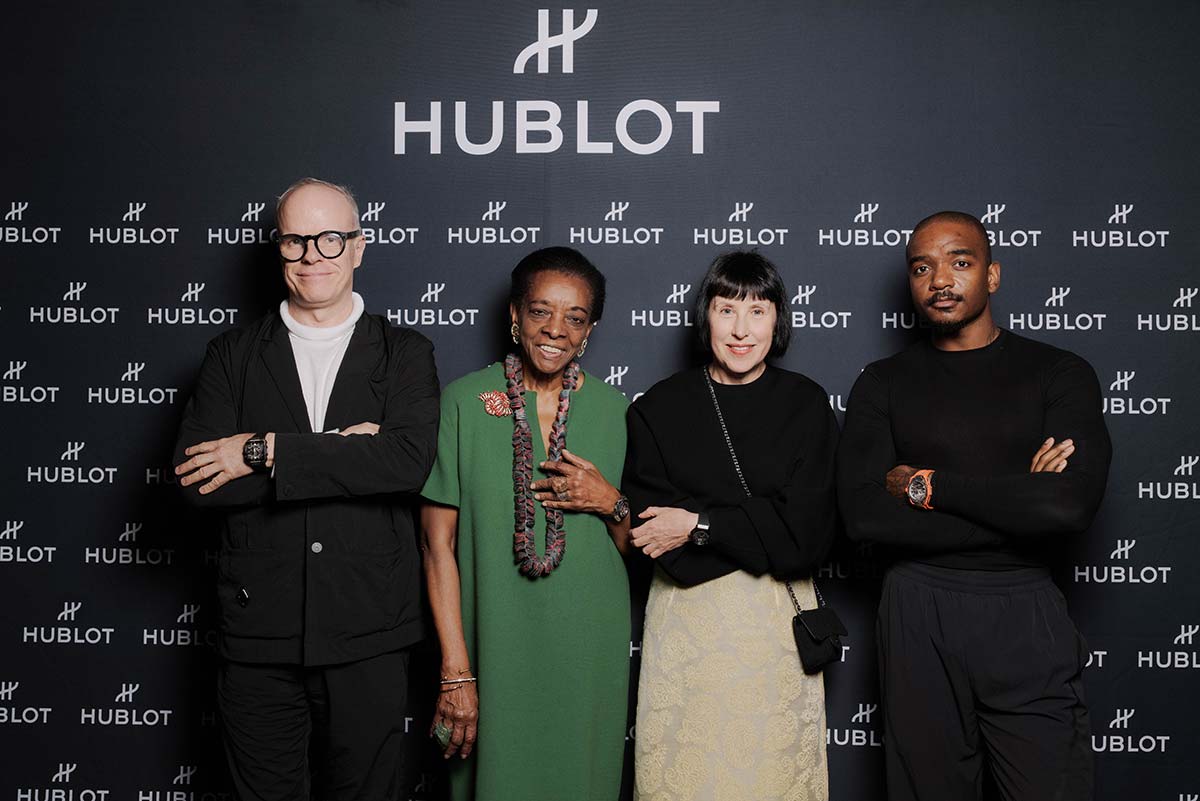
Precisely the exploration of the boundaries of design has been the gauge for selection of the jury in this year’s edition, composed of Hans Ulrich Obrist, artistic director of the Serpentine Gallery of London (location of the prize ceremony); Marva Griffin, creator of the SaloneSatellite; design critic, journalist and writer Alice Rawsthorn; and Samuel Ross, winner of the prize in 2019.
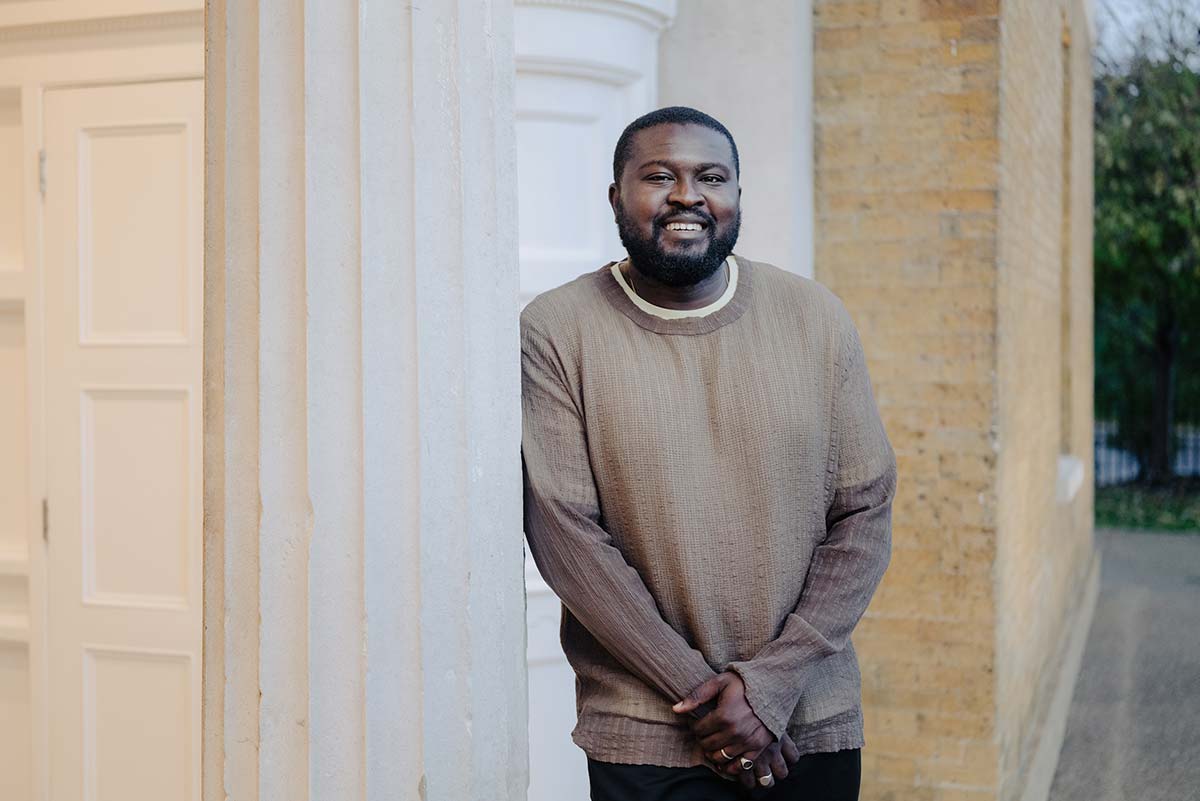
In October these independent experts, from a range of eight finalists selected in a wide variety of disciplines, announced the name of the winner, Nifemi Marcus-Bello, a Nigerian designer whose approach focuses on the community and ethnography to find new forms and types of furnishings, objects and installations.
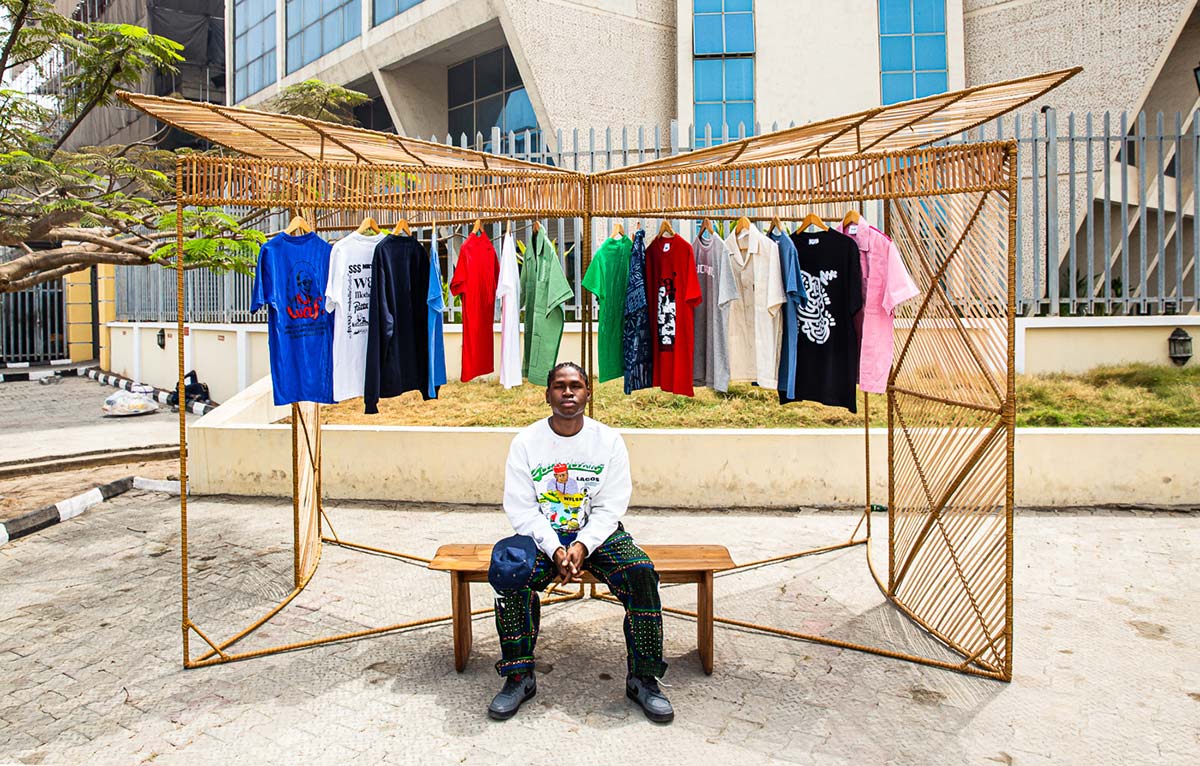
The Pierre Keller special mention, on the other hand, went to Maya Bird-Murphy and Connor Cook. The first is a designer, educator, founder and executive director of Chicago Mobile Makers, a non-profit organization that brings design workshops to develop expertise into under-represented communities. The second, a Californian designer residing in Holland, has developed a type of computational performance that transforms the technical operations of the motors of video games into interactive audio-visual experiences.

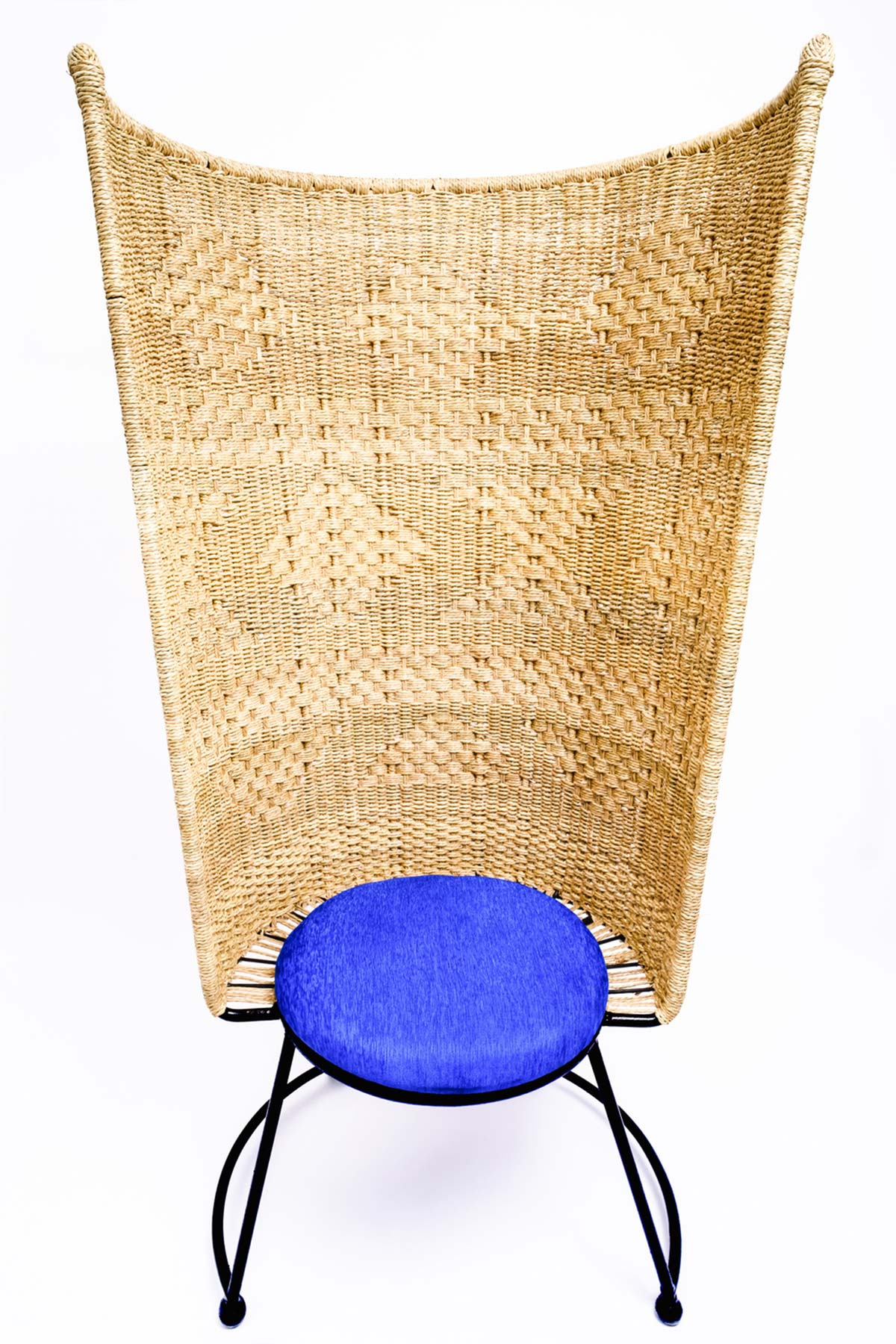
All the finalists, in spite of their youth, are creative professionals with their own studios. Besides the winners, the other finalists were: Hiroto Yoshizoe, a designer inspired by primitive elements and natural phenomena; Kusheda Mensah, artist and designer, who encourages personal interaction in the era of social media; Luigi Alberto Cippini, architect and curator, with experience in research projects for Fondazione Prada; Sasha Anisimova, graphic artist and illustrator from Ukraine, who is now redesigning the surroundings of happy families against the backdrop of devastation caused by war; Sun Xiaox, a graphic artist from Beijing, who combines traditional Chinese typography with contemporary design.

